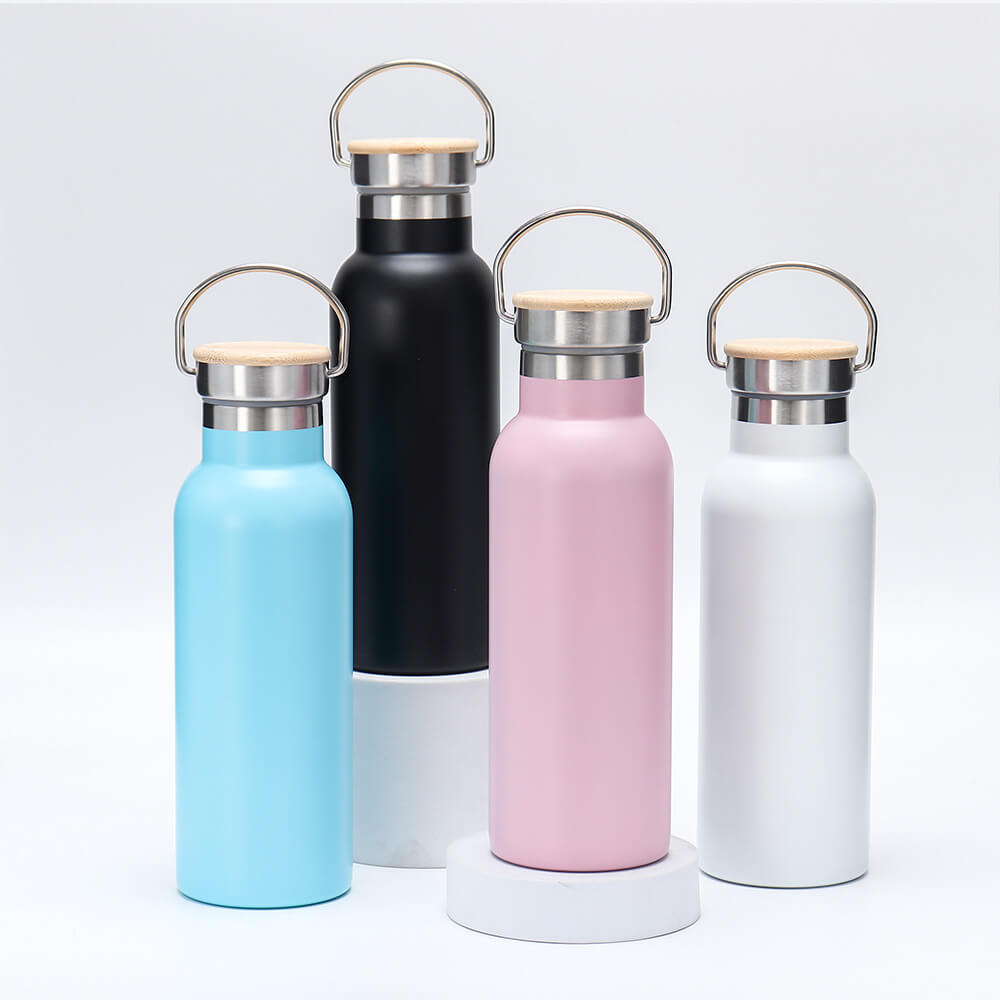
A thermos is a specialized container that is designed to keep the temperature of its contents constant for an extended period of time. It does so by utilizing an insulating design that prevents heat loss through conduction, convection, and radiation.
The inner chamber of a thermos is typically made of two walls, with a vacuum between them. This vacuum acts as an insulating layer and minimizes heat transfer through conduction. Since there are no particles or air molecules in the vacuum, it greatly reduces the possibility of heat transfer between the inner and outer walls of the thermos.
In addition to the vacuum, the inner walls of the thermos are often coated with a reflective material such as silver or aluminum. This reflective material helps to minimize heat transfer through radiation. When heat is radiated from the inner wall, the reflective coating reflects it back towards the contents of the thermos, preventing heat loss.
To further enhance insulation, the walls of the thermos are typically made of materials with low thermal conductivity, such as glass or stainless steel. These materials are poor conductors of heat and minimize heat transfer through conduction. As a result, the temperature of the contents inside the thermos remains relatively constant.
An important feature of a thermos is its airtight seal, which prevents heat loss through convection. The cap or lid of the thermos is designed to create a tight seal to prevent air from entering or escaping.
When hot liquids are placed inside the thermos, the airtight seal prevents the hot air from escaping and cold air from entering. This limits the exchange of heat between the contents of the thermos and the surrounding environment. Similarly, when cold liquids are stored in the thermos, the airtight seal prevents cold air from escaping and warm air from entering, keeping the contents cool.
The airtight seal also plays a role in preventing the contents of the thermos from spilling when it is being carried or shaken. It ensures that the thermos remains leak-proof and retains the temperature of the contents.
Overall, a thermos prevents heat loss through its insulating design and airtight seal. The insulation provided by the vacuum, reflective coating, and low thermal conductivity materials minimizes heat transfer through conduction, convection, and radiation. The airtight seal prevents the exchange of air, further reducing heat loss. These combined features allow a thermos to maintain the temperature of its contents for a prolonged period, making it an indispensable tool for keeping liquids hot or cold.
 Octagonal Thermos Cup: The Perfect Blend
Octagonal Thermos Cup: The Perfect Blend
 Drip Coffee Cups Revolutionize Coffee Ex
Drip Coffee Cups Revolutionize Coffee Ex
 The Best Water Bottles for Every Trip
The Best Water Bottles for Every Trip
 4 Phenomenal Styles of Sport Insulation
4 Phenomenal Styles of Sport Insulation